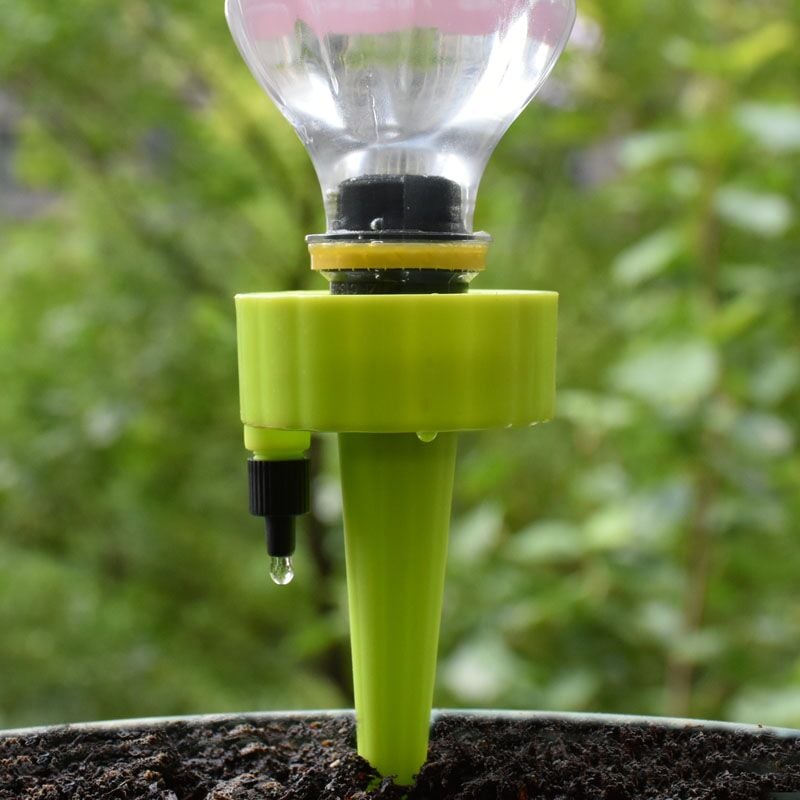This Forum will close on Wednesday 27 March, 2024. Please refer to the announcement on the Discussions page for further detail.
Irrigation
Hi,
Would anyone recommend these watering spikes where you add a bottle of water to the spike and it drips, which rate you can alter, to the ground? Any comments would be much appreciated. Thanks.

Would anyone recommend these watering spikes where you add a bottle of water to the spike and it drips, which rate you can alter, to the ground? Any comments would be much appreciated. Thanks.

0
Posts
From a theoretical physics viewpoint they look rubbish. If a drip hits the top soil the roots can't get it and it'll be dried up by the sun and wind before they do. So you'll need a lot of drips before it gets down to the roots. A lot of drips is a flood of water, or a constant (mains fed) series of drips.
So in theory I would be looking into something which put the water where the roots are.
You could use one of those things^ and let it drip into a funnel (upturned cut plastic bottle) which takes the water to the roots.
Drip feed systems are best when connected to a never ending supply of constantly flowing water.